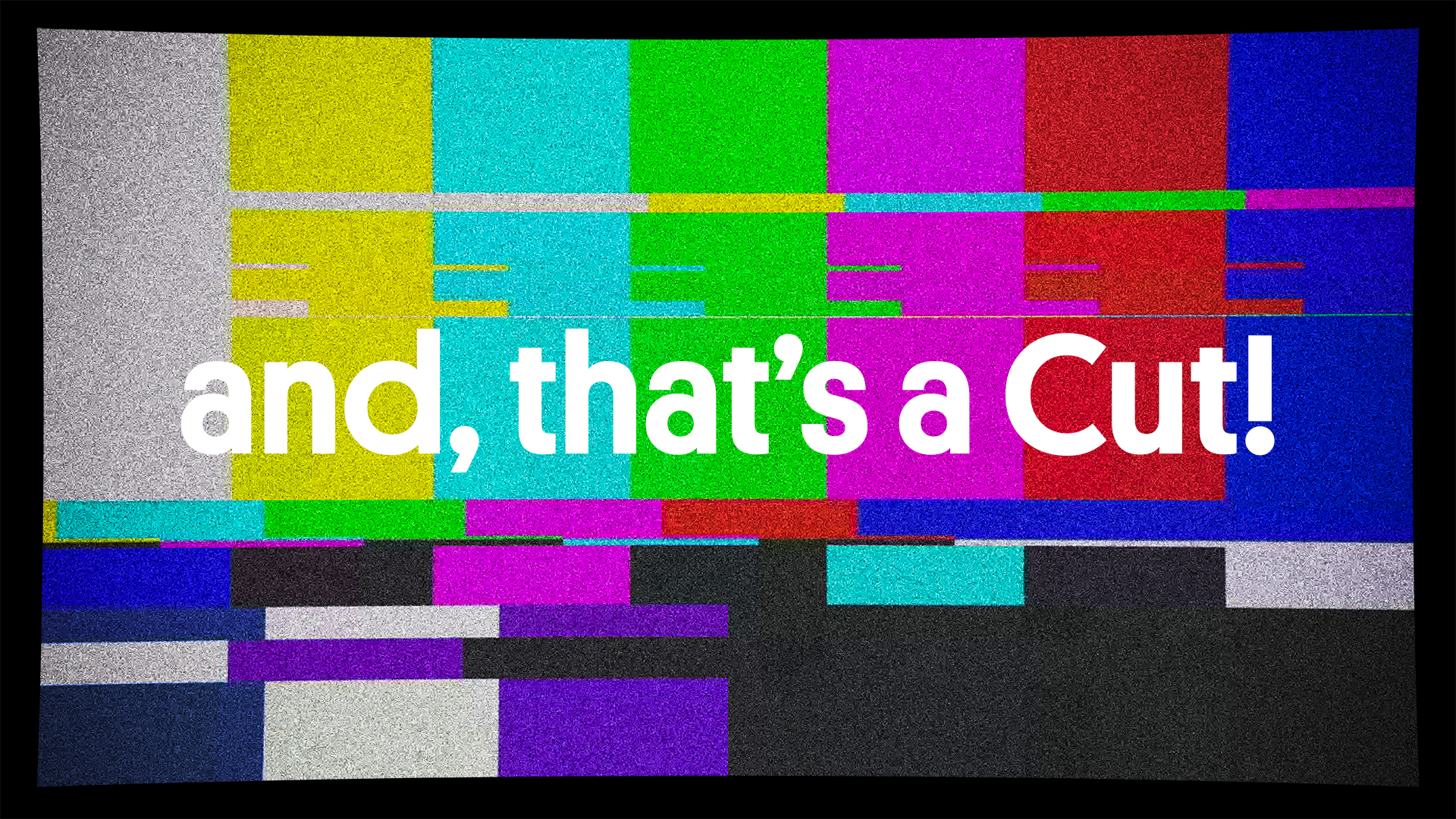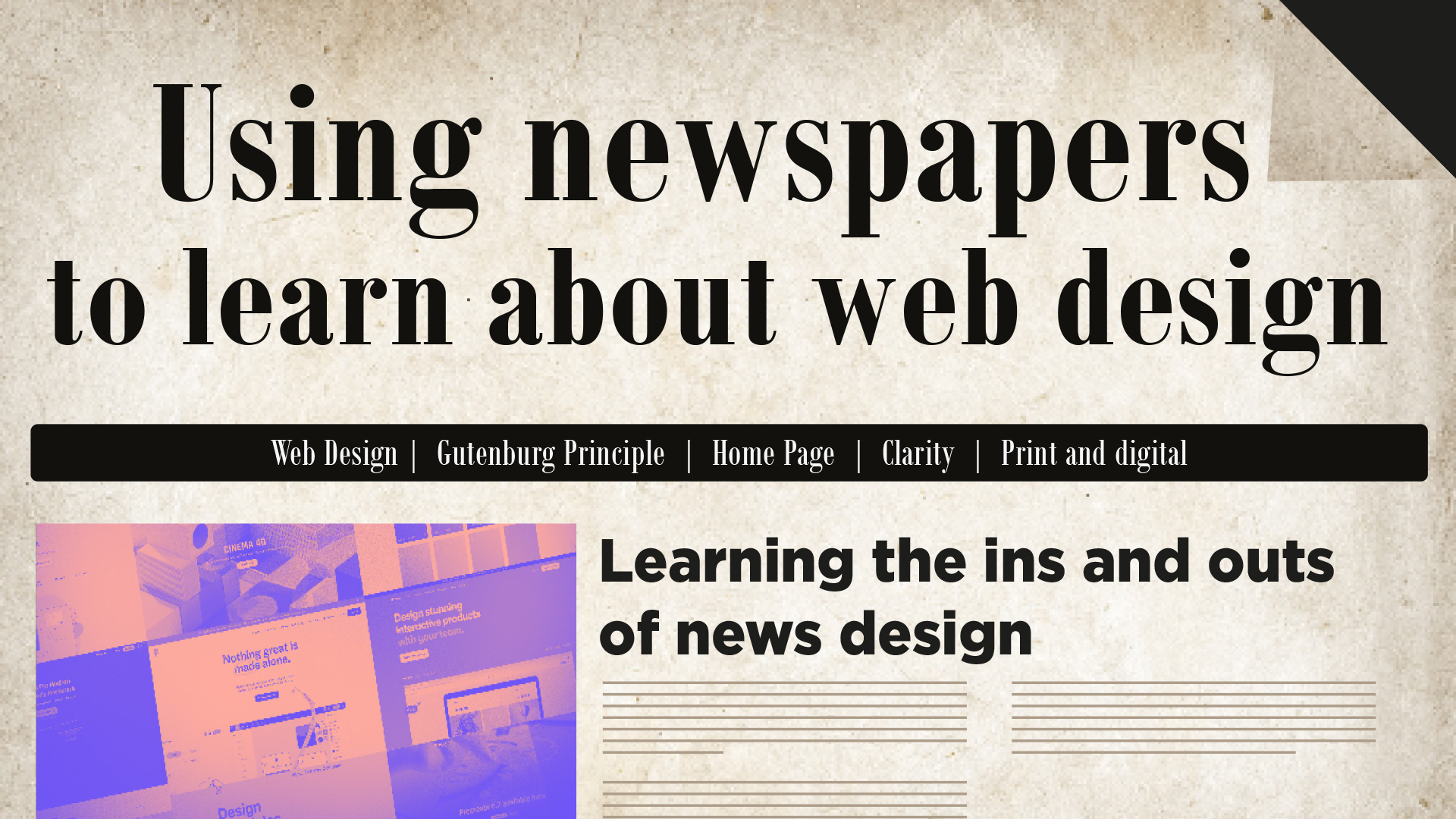Want to persuade readers to make a purchase?
Or perhaps get more people to sign up for your newsletter?
Or maybe you could watch your conversion rates soar?
Just the right call to action will do (CTA).
CTAs not only provide your prospects with clarity, but they also increase the effectiveness of your marketing initiatives.
You can use a lot of these CTA examples for your own campaigns along with three crucial components of a solid call to action. They are effective across all traditional and digital advertising channels.
Let’s dive right into it.
What Should a Call to Action Say?
Prior to writing your call to action, decide what you want to accomplish:
Do you desire more subscriptions, raise sales or Send viewers to a different article of content? Once you’ve decided what you want to do, you can consider the best way to accomplish it.
Strong verbs are used sparingly in the best call-to-action sentences.
An efficient call-to-action sentence example will employ more precise words that speak directly to the desired result rather than weaker call-to-action phrases like click here:
Examples: Find your best life, Join our community, Book your next vacation
The Three important points to remember
These three components work together to provide a basic request that requires no effort from the customer.
- A risk-reducing, no-obligation statement. A free trial is frequently requested instead of a full purchase in many circumstances. Or, “give us a try; you’ll enjoy us.” People are more likely to purchase as a result.
- “Mail your acceptance card” appears in some form in each of them. Simple usability is what this is. People must be instructed on the next steps. In the modern era, it might say, “Click the button underneath.”
- A push for prompt responses. It’s polite to respond directly. People shouldn’t be given a chance to hesitate and consider it.
Effective CTA copywriting techniques
Digital marketing has evolved since its early days. Traditional marketers’ print ads can be a starting point for producing great internet copy.
When combined with digital marketing’s benefits, they can be even more effective.
Let’s look at five ways traditional marketing can strengthen online advertising.
1.Reduce risk
First, classic CTAs emphasized a lack of client duty or risk.
Consumers will love this. The less you have to lose, the more comfortable you’ll feel taking action.
This principle hasn’t altered as marketing has evolved. Amazon Prime Video’s CTA:

Many consumers will try a service because of a free trial. This call to action highlights that consumers can join “risk-free” and “cancel anytime.”
These details help soothe a visitor’s anxieties about committing to the service. Knowing they can cancel at any time may reassure consumers who worry about forgetting after 30 days.
Like all others on this page, this ad gives readers the option to take instant action by clicking a button.
The user can start streaming immediately therefore No risk is an attractive promise.
2. Clarify
You can have a landing page with gorgeous visuals and an impeccable advertising approach to attract traffic.
If the page copy doesn’t convince visitors to act, it’s useless. Copy convinces visitors to take action. It explains what they’ll gain.
Marketing text may be very creative. An experienced copywriter can make even “boring” products intriguing. Be explicit about what you’re offering in your CTA copy. Innovative copy may spice up a page and attract visitors. If it produces misunderstanding, it’s unhelpful.

These first two sentences explain why a user should learn about the platform. The offer is then benefits-based. The copy gives away free information.
Just click a button!
3. Highlight benefits
One of the main advantages digital marketing has over its traditional counterparts is immediate gratification.
You may send consumers downloads, tools, and premium services seconds after conversion.
Really?
It’s not so easy in all industries. SaaS companies can offer rapid access to their whole offering, while e-commerce shops and service-based enterprises have a wait time. Nearly every business may offer instant payment and order confirmation.
And who doesn’t adore ordering a product without leaving the couch? (Rhetorical)
Regardless of sector or business strategy, any organization may deliver instant pleasure. Even if it’s not their major product or service, they can give something for converting.
Offering free downloads is a popular method today.
The website still gives something a visitor may access right away, even if they aren’t quite ready to choose and buy a product yet.
4. Secondary CTAs
In the previous section, the quick gratification examples weren’t for the companies’ major products or services.
No error.
Your site may be developed with one high-value action in mind, but that shouldn’t be the only choice. You may desire all visitors to buy, but that’s unreasonable.
When you have only one call to action, you give visitors an ultimatum: Take it or leave.
Adding alternative options reduces the chance of a visitor leaving because they’re not ready to take your main offer.
The first step is to provide free “deals” that visitors can use.
The second is to showcase user engagement options.

They won’t leave the website as a result of not being far enough along in the purchasing process. They are urged to stay and continue learning because doing so can bring them closer to conversion.
5. Credibility
Many digital advertising networks offer powerful targeting capabilities to reach potential customers.
This helps brands target website visitors who could be leads and consumers. Traditional options were confined to a TV channel or radio station’s intended audience. Old-school marketing has one advantage: name recognition.
When creating digital ads, consider that even your target demographic may not know your brand. You have limited time to build credibility. Even if you’re offering a free trial or low-risk deal, you must convince your audience to trust you.

Conclusion
Although marketing has undergone a significant change recently, the overarching objective has remained constant. You must encourage customers to act. CTAs are necessary to do this. Therefore, it’s imperative that you develop good writing skills as a marketer. The guidelines for creating powerful CTA copy haven’t changed, even as trends change and new platforms appear.
Create a better CTA now!
Writing Credit – Drishti Shah






